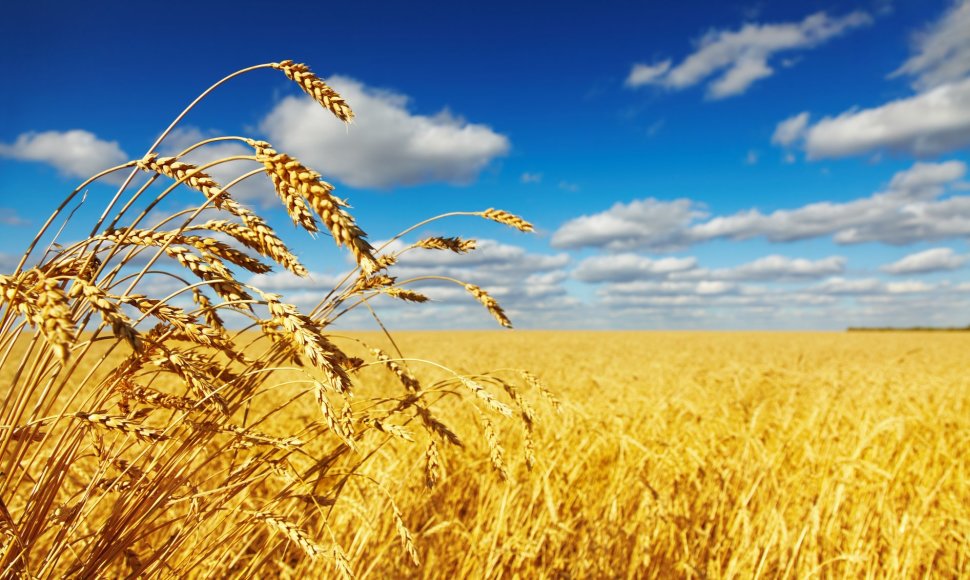Based on the newest lab analyses of the harvests, hot sunbaths harmed soft wheat cultures, with the yield being of substandard quality. On the contrary, durum wheat enjoys the sun, and so this year's harvest was simply astonishing in its quality – both protein levels and grain size were in line with the highest-class parameters.
"This yield showed that you could also grow grains in Lithuania, which grow almost exclusively in southern countries. It is a less capricious variety of wheat, which is more resistant to climate shifts and could withstand the warming climate better, and so could become a lifeline and offer stability to farmers in our country," head of the supply chain at the Baltic Mill group, which represents the Malsena brand in Lithuania, Arvydas Noreika said.
Given durum wheat's resistance to droughts, it is mostly cultivated in the Mediterranean, Northern Africa, and the Middle East regions. It is typically brought to our region from Russia, Canada, Ukraine, Kazakhstan, and European Union countries. The seed for this year's Lithuanian harvest arrived from Germany, which has the most developed winter durum wheat cultures.
Producing pasta
One of the options for making use of durum wheat is pasta. Italy is known for durum wheat produce, holding leading positions around the world in terms of the quantity of durum pasta produced. The entire Lithuanian durum wheat harvest this year will be reaped by Malsena, the only one in Lithuania to produce durum pasta.
"This autumn, we will introduce a limited release pasta to the market, made out of exclusively Lithuanian durum wheat. Our goal is also to become serious competitors to the Italians, whose production comprises the majority of the durum wheat pasta assortment in Lithuania. Currently, durum wheat comprises around 40% of the Lithuanian pasta market, and our goal is to take up 20% of it," the Malsena representative says.
A. Noreika adds that the company aims to stabilise the durum wheat growing technology to the point where even with changing climate conditions, the company would obtain all the grain needed for pasta production. Also, there are plans to expand capacities and gradually produce durum wheat pasta from locally grown grain for not only Lithuania but all the Baltic States' markets as well.
Appeal for farmers
According to A. Noreika, durum wheat is also an appealing grain variety for Lithuanian farmers. Compared to our typical soft wheat, its market price is higher.
"In the future, durum wheat could become an excellent alternative to the typical wheat that dominates in Lithuania. It is less fickle and can withstand great heat waves, better enduring high temperatures. This offers farmers the opportunity to diversify their harvests in line with climate conditions. Furthermore, durum wheat is sold at higher price margins," A. Noreika says.
The greatest challenge is selling the harvest of durum wheat on the market, which is currently very small in Lithuania. However, A. Noreika says that the opportunities are massive – one need only look to countries like Germany and Sweden, where the demand for durum wheat is rising, and the countries grow their own grain to meet the demand.
"Considering the current pandemic situation, the world is trying to localise – it is seeking to bring commodities closer to production capacities. The aim is to ensure that the supply chains will not be disrupted, for everything to be grown and produced right here, in the home market. Furthermore, it comes as no surprise that political barriers and export limitations also come into play. For example, Kazakhstan is considering limiting the export of certain grains. Only by growing and producing locally can you minimise the risk. This not only serves to increase autonomy but also reduces transport costs and the environmental footprint of logistics," A. Noreika adds.
Given favourable climate conditions, it is planned that durum wheat cultivation could grow 2-3 times in Lithuania next year and, in a multi-year framework, the harvest could triple.












